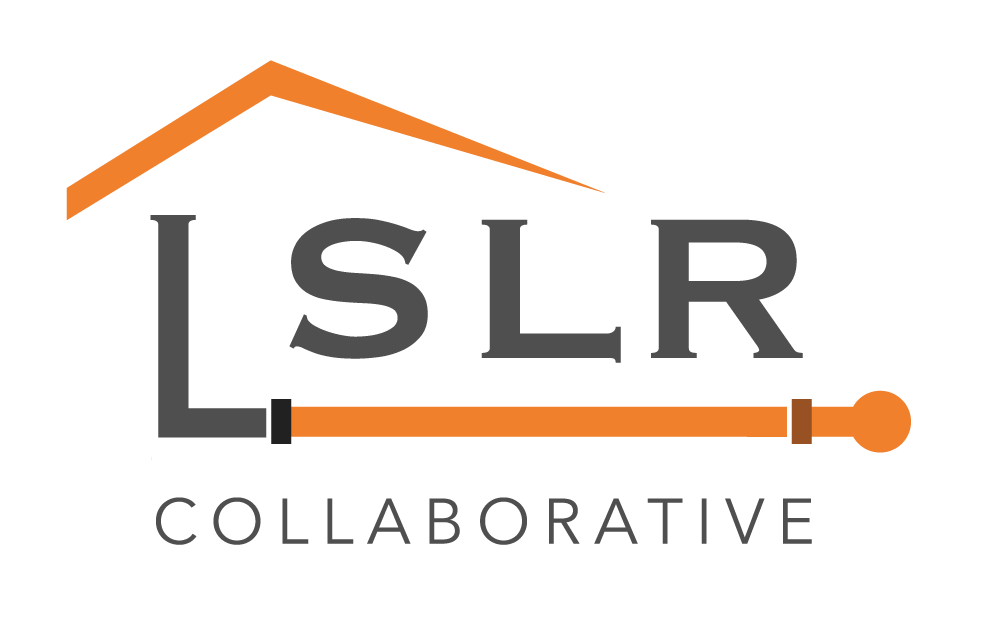|
Jillian Forstadt
90.5 WESA Read the full article. With 10,000 pipes removed from the drinking water supply, the Pittsburgh Water and Sewer Authority (PWSA) says it is more than halfway to meeting its goal of removing all public lead service lines from its water system, with approximately 6,000 lines remaining. The utility has invested nearly $300 million into its lead service line replacement program since its inception in 2017, according to CEO Will Pickering. “We're just really excited to celebrate this milestone and looking forward to the day when we can say there's no more lead left in our system,” he said. Kenosha News
Read the full article. The City of Kenosha has been awarded additional funds to support a private lead water service line replacement program. The Wisconsin Department of Natural Resources has provided financial assistance to municipalities to support lead service line replacement initiatives. Through the Safe Drinking Water Loan Program, WDNR was able to provide principal forgiveness loans to cover the full replacement cost of privately owned lead water service lines for the 2021 and 2022 State Fiscal Years. Kirsten Mitchell
CBS Minnesota Read the full article. A new program aims to help Twin Cities families get the lead out of their homes for free. More than one in four homes in St. Paul - 27% - still has a lead water service line, meaning the toxic metal can get in the drinking water. Stan Lukas has owned his home in the Hamline-Midway neighborhood since 1985. It was built in 1890 with lead pipes. "Back then it wasn't that big of a deal. I guess we just weren't aware of the dangers of it," Lukas said. Lead pipes were common in St. Paul homes until around the 1940s. Replacing them has been on Lukas's list of renovations. |
Have a suggestion for an article or blog to add?
Let us know! Type
All
Date
April 2023
|


 RSS Feed
RSS Feed